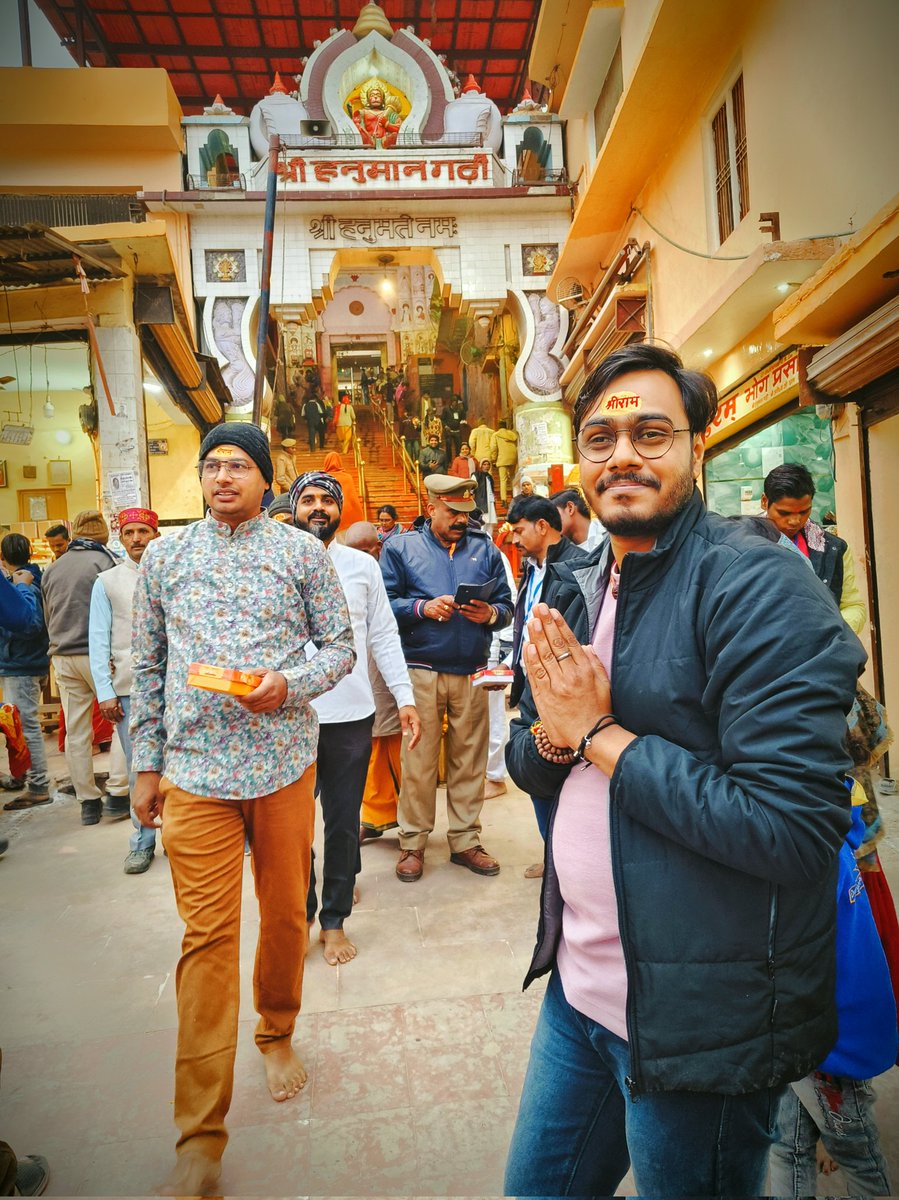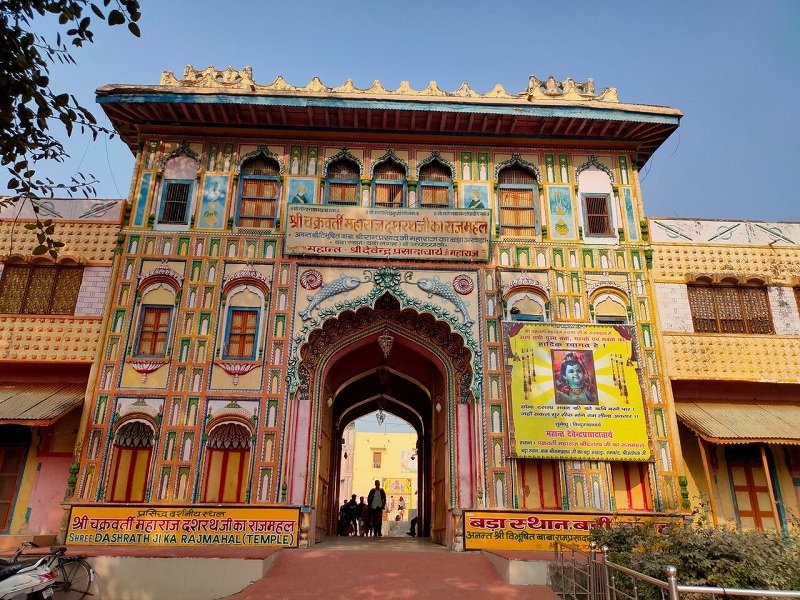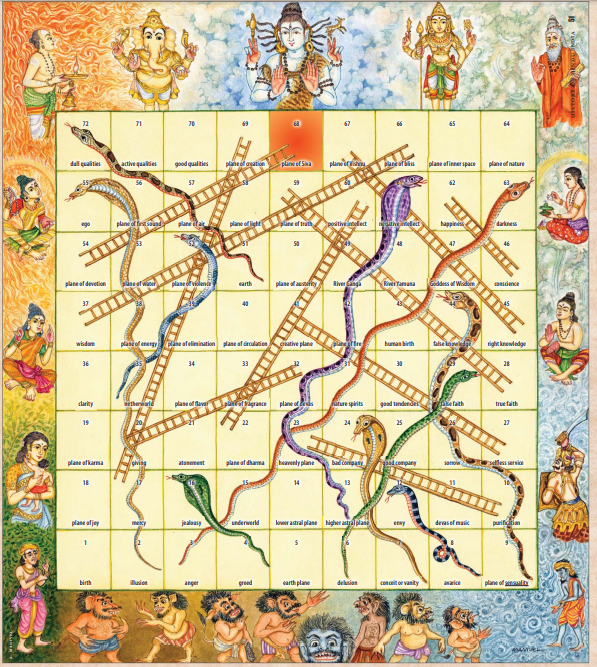|| Planning to visit Ayodhya? Please don't forget to explore these things apart from the Ram Mandir ||
1. Hanuman Garhi - It is a must to visit Hanuman Garhi temple before visiting Shree Ram Mandir.


1. Hanuman Garhi - It is a must to visit Hanuman Garhi temple before visiting Shree Ram Mandir.


2. Kanak Bhavan- A beautiful grand palace which was gifted to Maa Sita by Mata Kaikeyi as Muhdikhai. This has been set up as a temple and it is actually very beautiful. 

3. Dashrath Bhawan- A historical palace of prabhu Shree Ram's father. Don't miss the carving made on its grand doors. This said to be of treta yuga and Ram ji during his childhood used to play here. 

4. Chhoti Chhawani- Also known as valmiki bhawan is made up of white marble and looks very elegant. 24,000 shloka of sampurna Ramayan has recently been carved on its wall.
5. Treta ki thakur- A 300 year old temple of Ram parivar. Ashwamedh yajna was performed here by Prabhu Ram and this is the most ancient temple of Ayodhya. This temple opens only on ekadashi of every month.
6. Sita ki Rasoi- This is a free Rasoi and it is said that Mata sita had cooked food. There is Also Ram Rasoi and now the govt. has installed a modernised version of sita ki rasoi, which are present on the way to Ram Mandir.




7. Ghats of the saryu river- you attend morning or evening aarti there, which looks very spiritual. If you make an early morning or late evening visit, you will be able to see beautiful lighting decorations.




|| Must Try Foods of Ayodhya ||
1. Shahi Kanak Thali- A must try thali which can be found in any restaurant near kanak bhawan. However, I personally find this thali at Amma ji ki rasoi.
1. Shahi Kanak Thali- A must try thali which can be found in any restaurant near kanak bhawan. However, I personally find this thali at Amma ji ki rasoi.

2. Dahi jalebi at Maurya Misthan Bhandar- Even yogi ji loves to eat dahi jalebi from here. It is situated 1 km from the Hanuman Garhi temple. 

3. Madhuram Dosewala- If you want onion garlic free dish, this is the place. Just nearby the kanak bhawan and there is only one Shop of dosa. (Pic is not from here) 

4. Kachori chaat- just opposite to Madhuram, you will find a stall of this which has been running for the last 15 years. If you want a spicy snack this is the place. 

5. Chai portal- If you are a tea lover, don't miss this place, situated near saryu river, Ram ki pedi. Its sitting arrangements are made beside the Sarryu river.




6. Badami Kheer and Badami poori - Badami kheer is very famous there. However, I didn't try it anywhere so I cannot recommend any place but you can have it in any restaurant in Ayodhya.




|| More places to explore in Ayodhya ||
Badi Devkali temple- Temple of Kul devi of Prabhu Shree Ram. Here you can see very ancient sculptures of Ram Lalla too..
Badi Devkali temple- Temple of Kul devi of Prabhu Shree Ram. Here you can see very ancient sculptures of Ram Lalla too..

Chhoti Devkali Temple - A must visit temple during navratri as special and elegant arti performed here. This is the idol of Maa sita's kul devi 

Vashishth Kund- A place where on the request of King Ikshwaku, Guru Vashishtha brought the sacred tears of Shree Vishnu and stored them. Later, with his powerful mantras, the Saryu river originated from this kund. It's a must-visit site.
Credit - @SanjeevUpadhy13
Credit - @SanjeevUpadhy13

• • •
Missing some Tweet in this thread? You can try to
force a refresh























